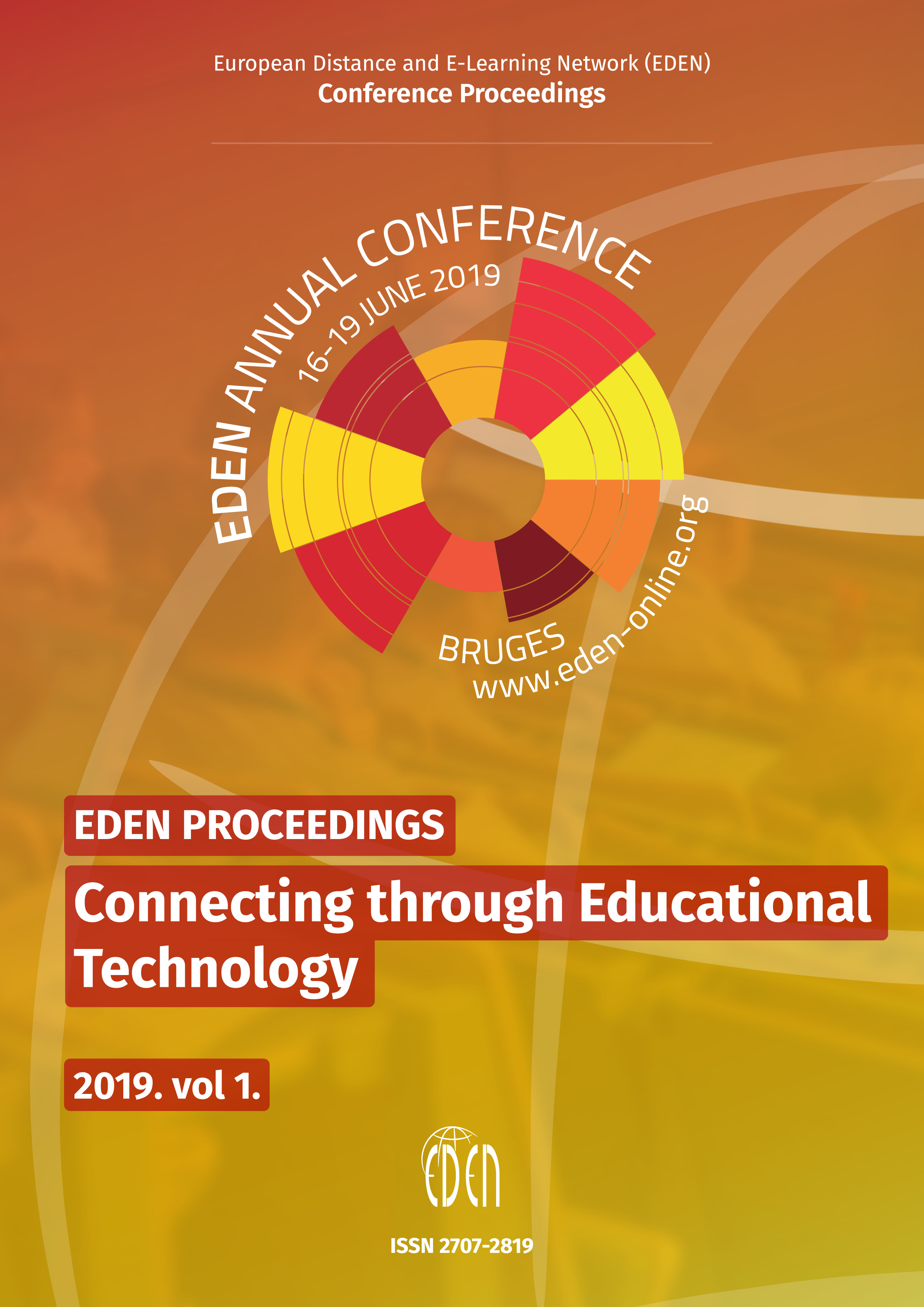Approaches and Methodologies to Support Critical Reflection
Approaches and Methodologies to Support Critical Reflection
Author(s): Jean Claude CallensSubject(s): Social Sciences, Education, Higher Education
Published by: European Distance and E-Learning Network
Keywords: Training of teachers / trainers; Tutoring; student support; Vocational training; Work-based learning
Summary/Abstract: During their studies, pre-service teachers are continually asked to reflect (Calderhead & Gates, 1993; Korthagen & Vasalos, 2005; Rodgers, 2002). In teacher education a goal of reflection is to change beliefs about teaching in order to improve practice, and therefore there is a strong connection between reflection and actions of students on the workplace. It does not seem obvious that students in teacher education reach a critical level in their reflections (Bean & Stevens, 2002). According to Bean and Stevens (2002) effective scaffolding of a reflection process encompasses a number of key features within cognitive and emotional domains. Cognitive features include for instance using hints and leading questions to develop self-regulation. Emotional features include for instance providing a safety net to allow for mistakes. In this study we focus on cognitive features and search for an approach/methodology that may support a reflection process.
Journal: European Distance and E-Learning Network (EDEN) Conference Proceedings
- Issue Year: 2019
- Issue No: 1
- Page Range: 251-259
- Page Count: 9
- Language: English

